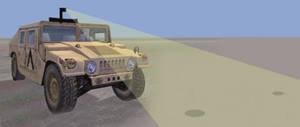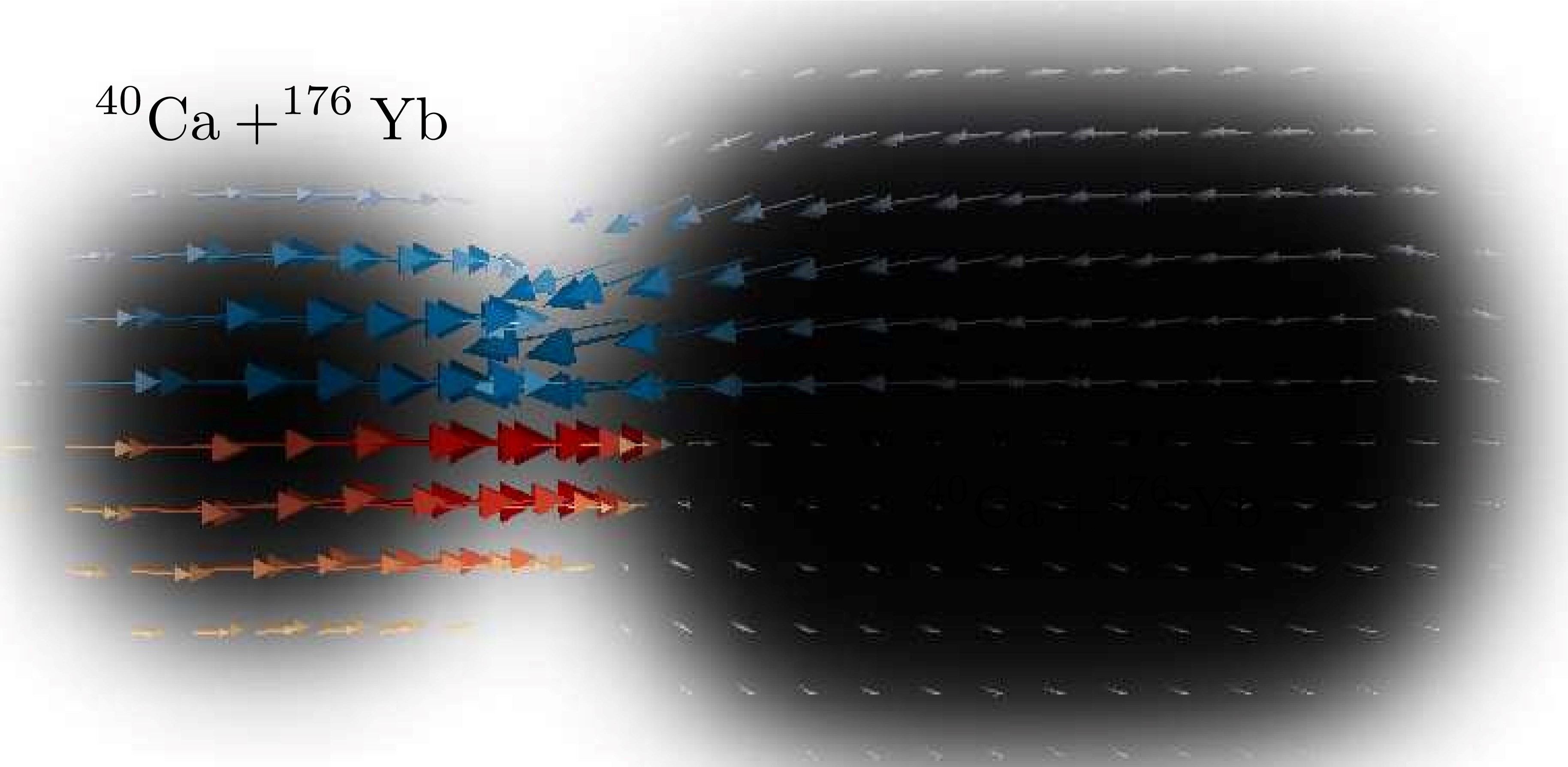Land Mine Detection at TJNAF
Application/instrumentation:
Land Mine detection and security imaging using THz radiation
Developed at:
Thomas Jefferson National Laboratory
Developed in:
1998 – 2007
Result of NP research:
NP superconducting RF accelerator technology development
Application currently being supported by:
US Army, Advance Energy Systems, Inc.
Impact/benefit to spin-off field:
Detection of buried land mines and other homeland security applications
 Terahertz light may provide stunning breakthroughs in areas as diverse as national security, medical imaging and communications technology. But it's largely been ignored until recently, because there wasn’t a terahertz source bright enough for these applications. An experiment at Jefferson Lab's Free-Electron Laser (FEL) has shown how to make highly useful terahertz light, thousands to tens of thousands of times brighter than ever before. Terahertz light is a safe, non-ionizing form of electromagnetic radiation. It can pass through clothing, paper, cardboard, wood, masonry, plastic and ceramics and can penetrate fog and clouds. One very promising application is in national security: scientists are testing whether terahertz light can be used to detect land mines buried in dry earth.
Terahertz light may provide stunning breakthroughs in areas as diverse as national security, medical imaging and communications technology. But it's largely been ignored until recently, because there wasn’t a terahertz source bright enough for these applications. An experiment at Jefferson Lab's Free-Electron Laser (FEL) has shown how to make highly useful terahertz light, thousands to tens of thousands of times brighter than ever before. Terahertz light is a safe, non-ionizing form of electromagnetic radiation. It can pass through clothing, paper, cardboard, wood, masonry, plastic and ceramics and can penetrate fog and clouds. One very promising application is in national security: scientists are testing whether terahertz light can be used to detect land mines buried in dry earth. 


